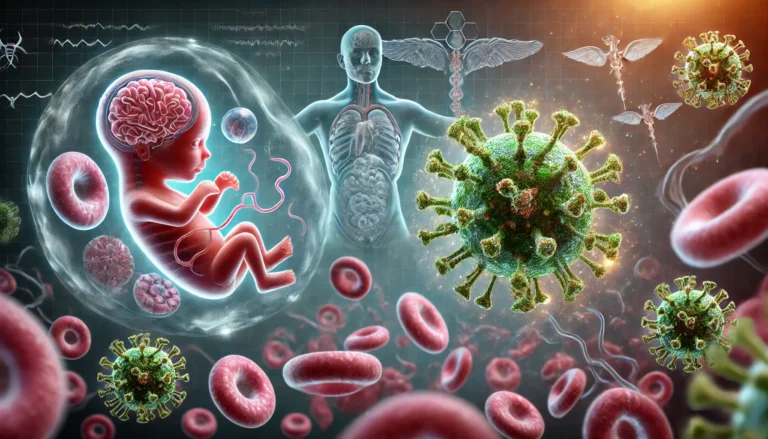MIT researchers are showing solar cells so thin that they can be placed on clothing or paper. Although not fully developed, it could be the way we power portable electronics in the future. Vladimir Bulovic, an associate Dean at MIT, believes that it is now possible to grow substrate alongside the growth of the device. A combination of the cell substrate and coating will revolutionise solar cells.
Parylene is used as the substrate and covering then the light absorbing layer is DBP. A vacuum chamber needs to be at room temperature and surprisingly, solvents are not used. Here, vapour deposition techniques allow the solar cells to grow.
READ ALSO: Energy Firms U-Turning On Green Energy Agenda
There could be different materials used in the future, although as the product is so thin at present, there would be a need to be a good reason to do this. The product is so light it could not burst a soap bubble and concerns are that a breath could blow it away.
Years of effort have gone into getting to where the researchers are now. It is possible to use fabric as a base for solar cell and substrate. The low weight is important as it means it could be used for things such as spacecraft and, more importantly, it can have a higher output than conventional panels.
Bulovic points out that it would be easy to forget it was placed on a product you were wearing or carrying. There needs to be time was taken and more research is done, and while there is work to be done they will get there in the end.
Story via; MIT News / Feature Photo: Joel Jean and Anna Osherov















